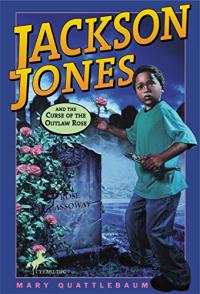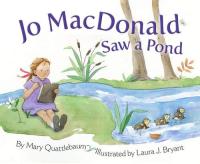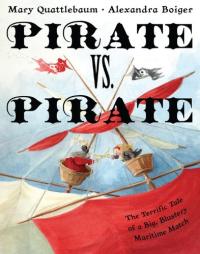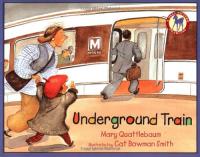
Biography
Quattlebaum grew up in rural King George, VA with six brothers and sisters and lots of pets (dogs, cats, hamsters, goats, horses, turtles, chickens, and ducks). Her earliest memory is of her dad reciting nursery rhymes right before bedtime and she’s loved poetry and the sounds of words and the world ever since. Her family made regular trips to the library, filling a clothes basket of books each time. Read alouds were popular — favorites were Curious George and Amelia Bedelia. In her journey to becoming a fulltime writer, Quattlebaum has tried on lots of hats: theme-park worker, 18th century tavern waitress for Colonial Williamsburg, and poetry instructor. Her experience as a medical writer for a children’s hospital led to volunteer work with the kids — encouraging them to write poems and stories that expressed their feelings about things. This inspired Quattlebaum to try writing for kids like them.
Quattlebaum and her family now live in Washington, D.C., but she hasn’t left behind her love of nature — she finds every opportunity to discover and savor urban wildlife all around, and share that with children through her books. In addition to writing picture books, poetry, and novels for kids, she also teaches writing and reviews children’s books for The Washington Post, Washington Parent, and the National Wildlife Federation.
Books by this author

Grover G. Graham and Me

Jackson Jones and the Curse of the Outlaw Rose

Jackson works to turn a community garden plot into a working business so he can buy the basketball he wanted for his 10th birthday. The fast-paced plot unfolds through Jackson’s lively, often humorous voice through to its satisfying conclusion.
Jackson Jones and the Puddle of Thorns

In this version of a familiar tune, Jo MacDonald (the old farmer’s granddaughter) and her cousin plant a Spring garden, watch it grow, observe what visits it, gather its bounty before the cycle ends only to begin again. Engaging illustrations suggest ways to dramatize the yearly cycle, and suggested activities conclude the book.
Jo MacDonald Had a Garden

Jo MacDonald Saw a Pond

When Bad Bart who was the “biggest, burliest pirate this side of the Atlantic” meets Mean Mo, “maddest, mightiest pirate this side of the Pacific,” an unwinnable competition ensues that ends in romance. The rollicking pirate adventures are told with verve and humor.
Pirate vs. Pirate: The Terrific Tale of a Big, Blustery Maritime Match

Underground Train

Short poems and translucent watercolors capture the sights, the cold, and the fun of winter. A squirrel, however, “scolds and scolds/this mean white stuff/that stole his snack/and chills his toes.”
Winter Friends
Find this author’s books on these booklists
Themed Booklist
Spring’s Bounty
Themed Booklist

